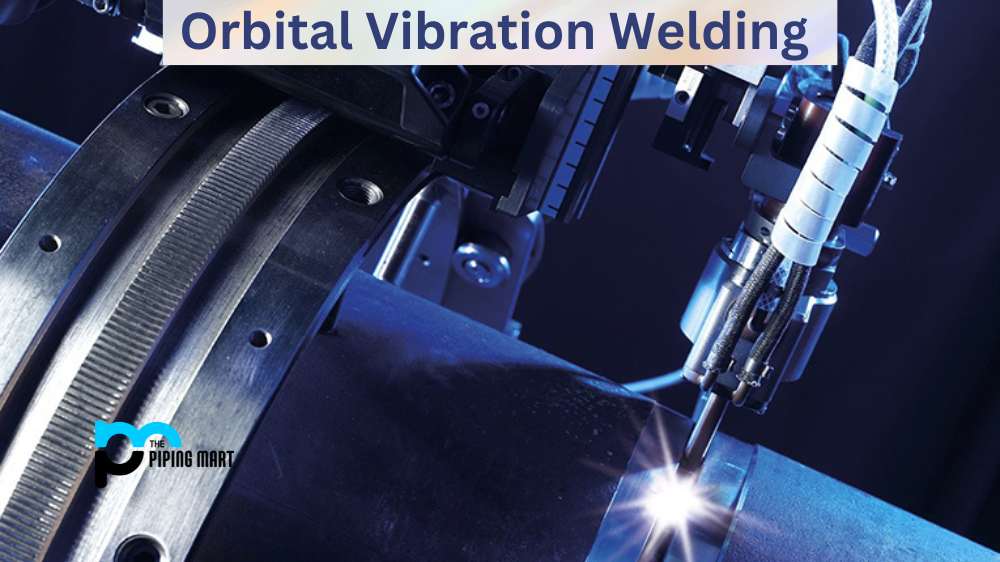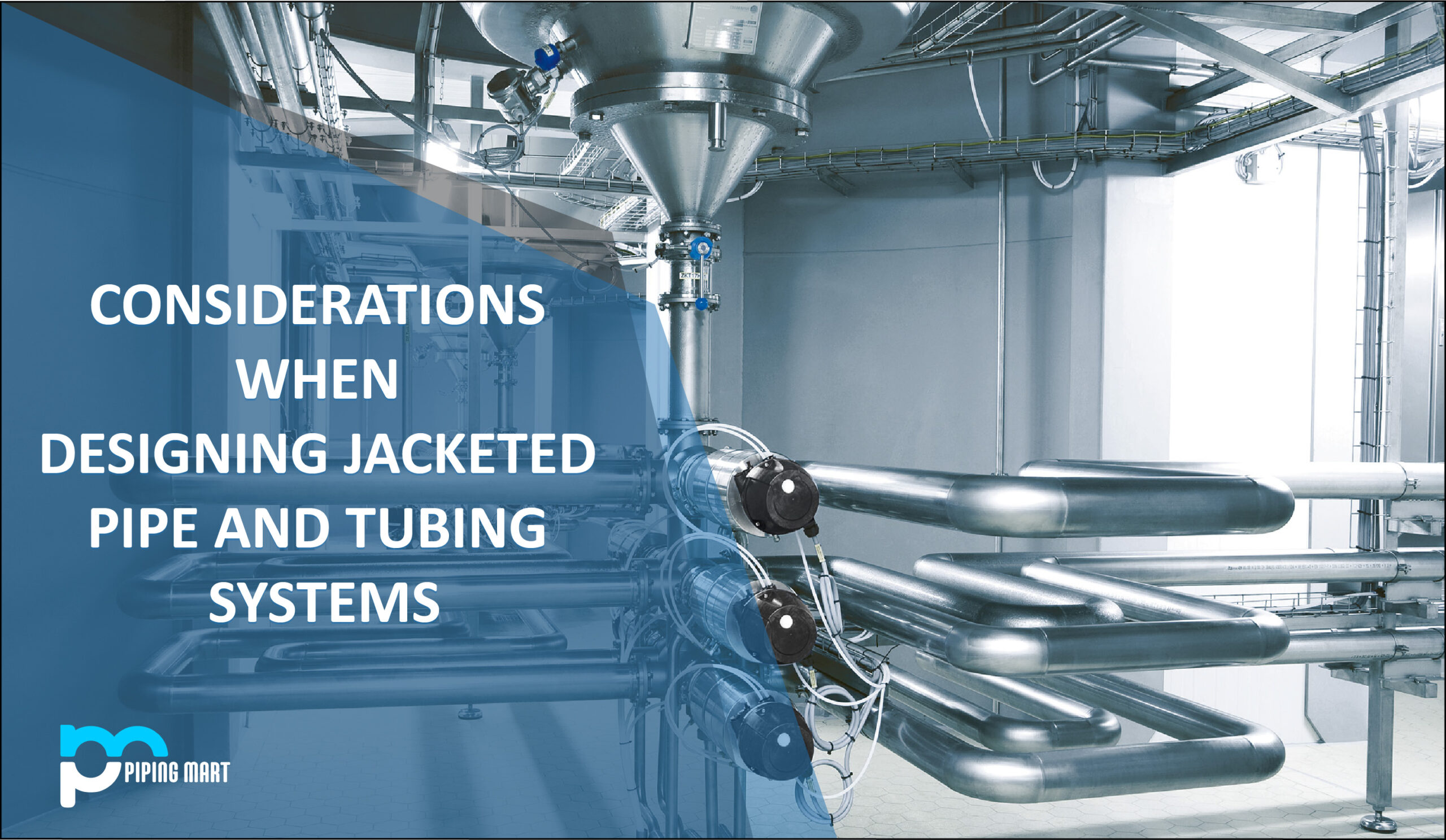Orbital Vibration Welding type of welding is especially useful in industries where high-speed production and precision are required, such as automotive manufacturing or medical device manufacturing. Let’s take a closer look at this revolutionary process and what it can do for your business.
What is Orbital Vibration Welding?
Orbital Vibration Welding is a type of welding process that uses vibration and pressure to join materials together—offering numerous benefits over other standard welders. This advanced technology combines low-amplitude and high-frequency vibrations with the help of a specialized motor or actuator. Thanks to its ability to deliver steady pressure and consistent motion, Orbital Vibration Welding delivers stronger, faster welds that minimize flaws in comparison to radiused or friction welding processes. Additionally, this type of welding process forces out air bubbles released by a melted plastic material which can increase the integrity of each finished product. Overall, Orbital Vibration Welding is an efficient and reliable welding method that increases structural strength and improves product accuracy.
How Does Orbital Vibration Welding Work?
The orbital vibration welding process uses a series of vibratory motion and pressure cycles to generate heat and friction between the two components being joined. The two parts are held together using a special tool known as an orbital welder, which creates an oscillating motion in the parts by vibrating them in a circular pattern around their centre point. As the parts move back and forth, they generate heat at the contact points between them due to the friction created by the movement. This heat melts both parts, allowing them to fuse together into a single piece when cooled down again.
Orbital Vibration Welding Benefits
Orbital vibration welding has several advantages over other conventional welding processes, such as ultrasonic or spin welding. First, it does not require any filler material or additional steps like clamping, so it can be completed quickly with minimal cost. Additionally, since no external force is needed to hold the pieces together during the process, there is less risk of warping or misalignment in the welded joint compared to other methods. Finally, because no additional materials are used during orbital vibration welding, there is less waste involved in this process than with traditional techniques such as soldering or brazing.
Conclusion:
Orbital vibration welding offers many advantages over traditional methods of joining plastic components together. It requires no additional materials or steps like clamping, which reduces costs while producing strong, durable welds that can last longer than other types of welds. Additionally, since no external force is needed during this process, there is less risk of warping or misalignment in the welded joint compared to traditional techniques like soldering or brazing. If you’re looking for an efficient way to join two thermoplastic components together, then orbital vibration welding may be just what you need!

A passionate metal industry expert and blogger. With over 5 years of experience in the field, Palak brings a wealth of knowledge and insight to her writing. Whether discussing the latest trends in the metal industry or sharing tips, she is dedicated to helping others succeed in the metal industry.




